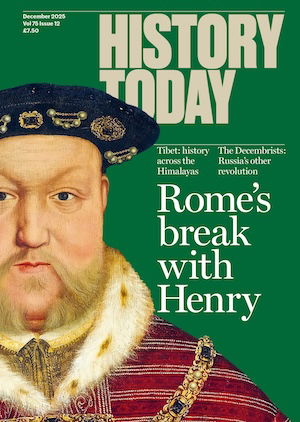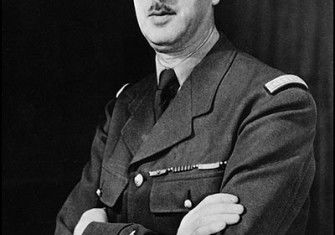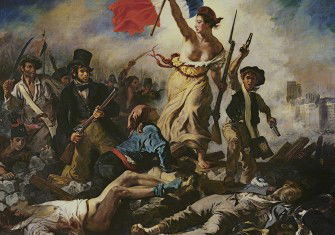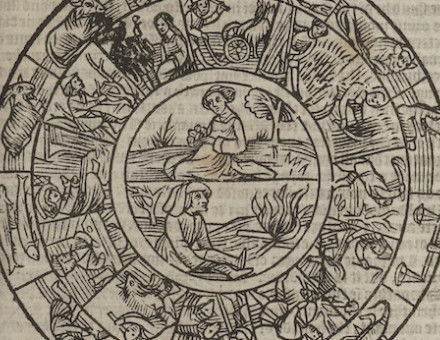Smith, Kant and de Gaulle
The relationship between France, Germany and Britain is at the heart of the European story. Three historical figures embody it.
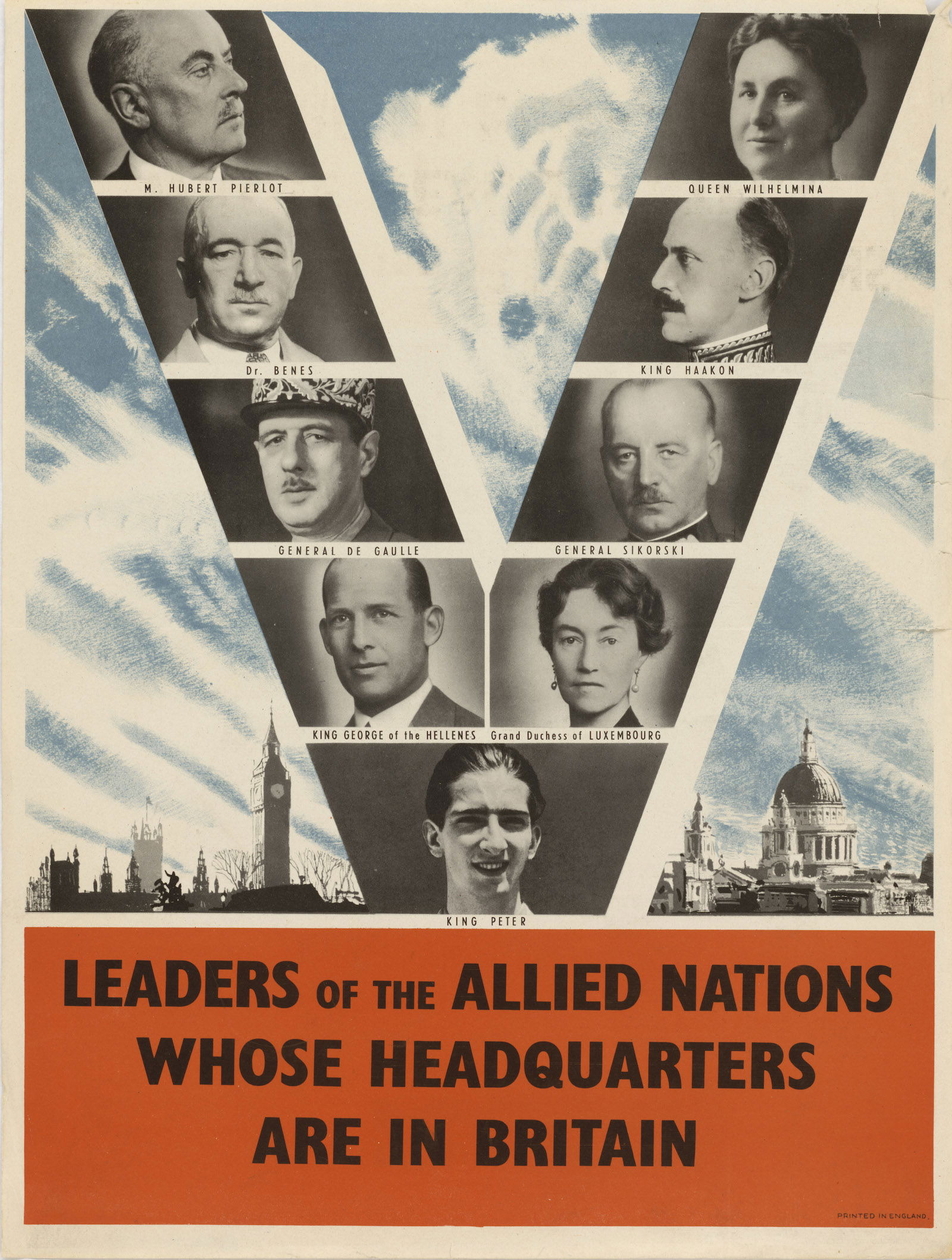
Never in recent history has a single news story so dominated the media agenda as Brexit. The unexpected referendum result of June 2016 brought to the surface tensions present since Britain entered the Common Market in 1973, as European integration developed by stealth through treaty change. This had been stymied by a culture of ‘opt outs’, leaving Britain outside the single currency, social charter and Schengen migration arrangements. But treaty changes began to impact on Britain’s semi-detachment, with developments such as the single market, ironically a British-designed construct.
These tensions between nationalism and supranationalism have their roots in deeper European history. Over centuries European states were forced to cooperate through wars, revolutions, constitutional change, economic cycles, empire, decolonisation, migrations, religious schisms and challenges from outside Europe. At the same time, states struggled to stand alone, without institutional links to others. Wars became more destructive, economic expectations were elevated, European empires collapsed and secularism became a unifying factor.

